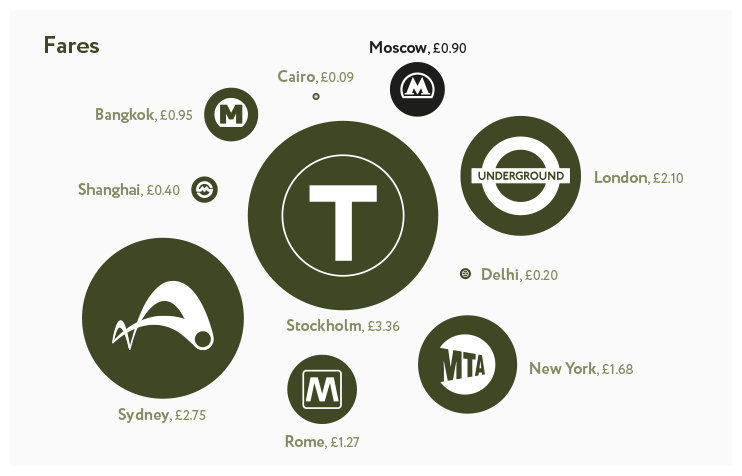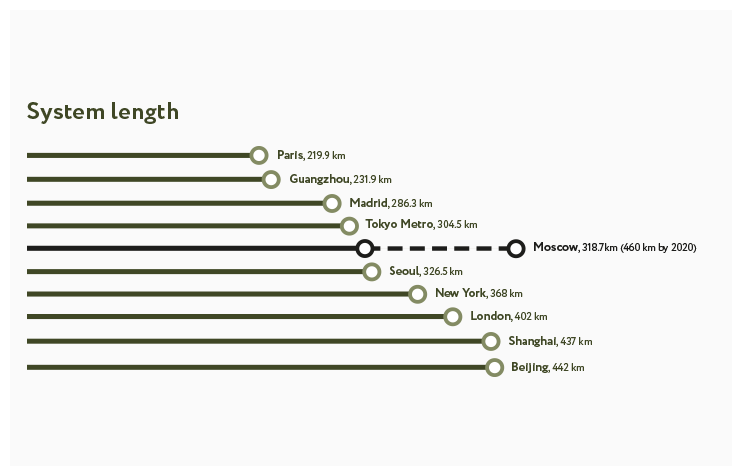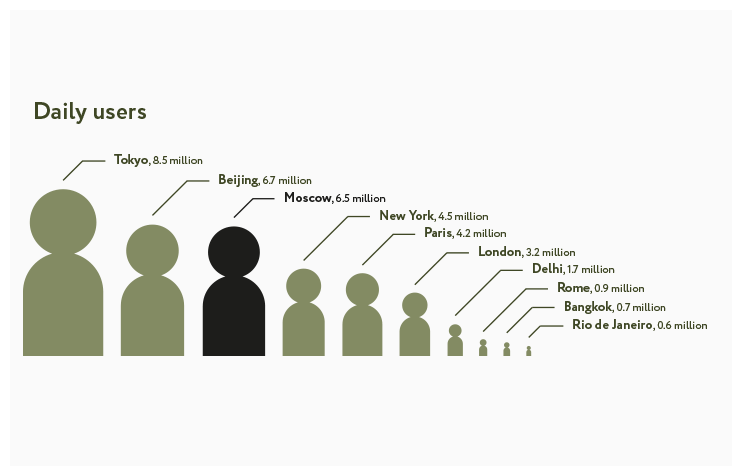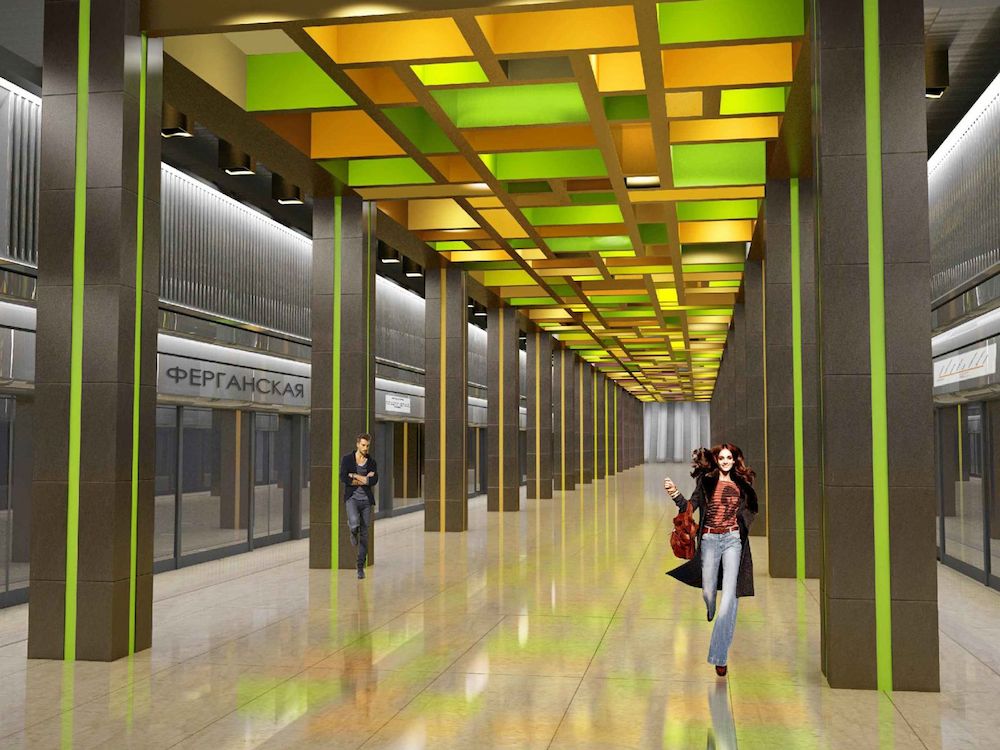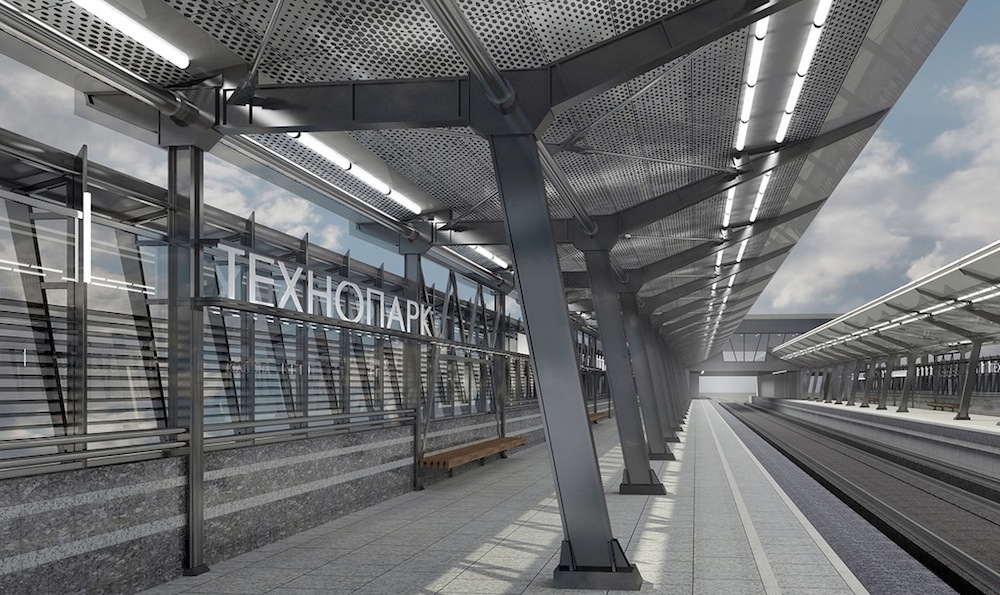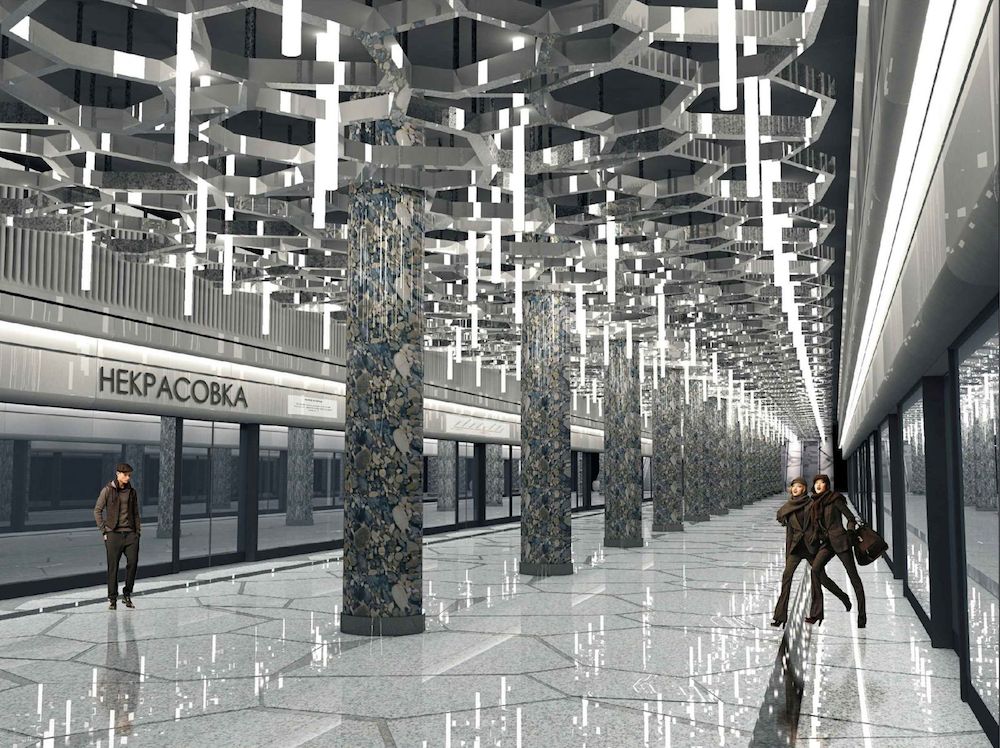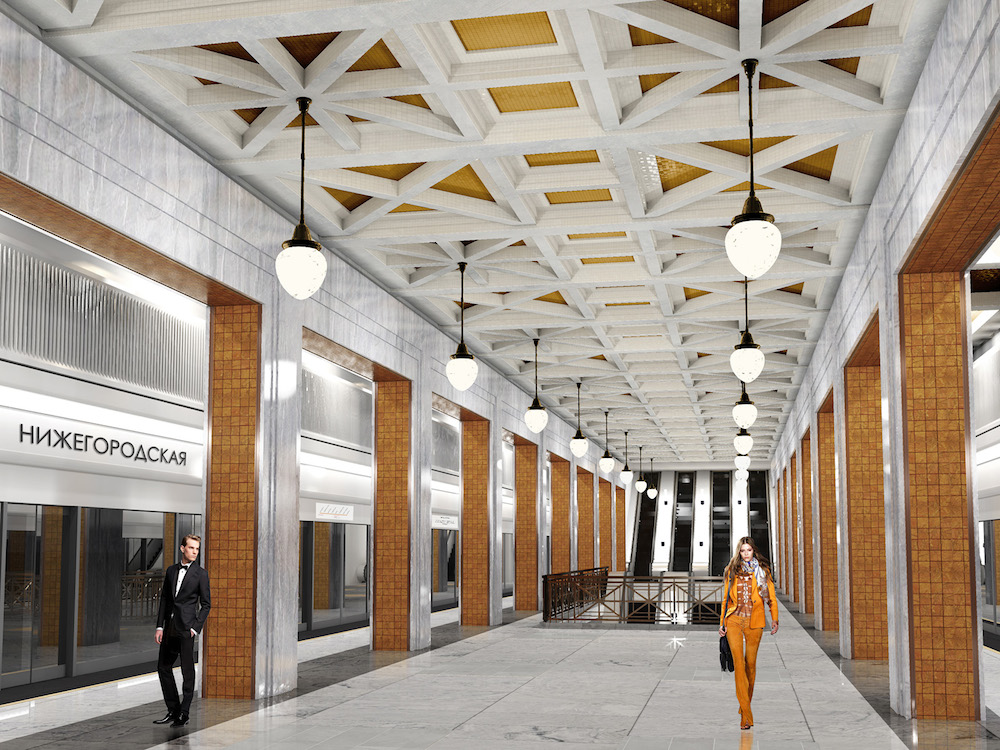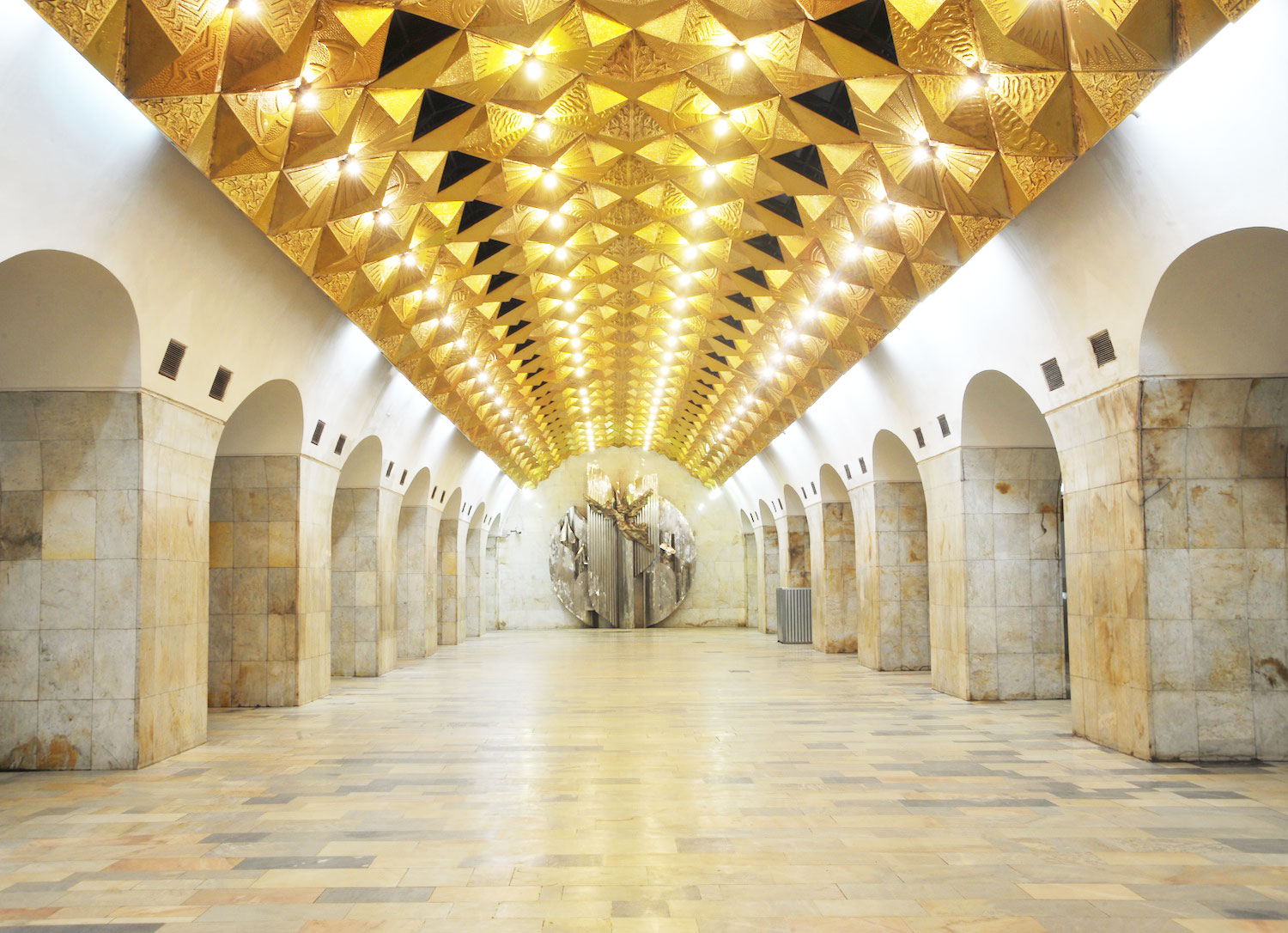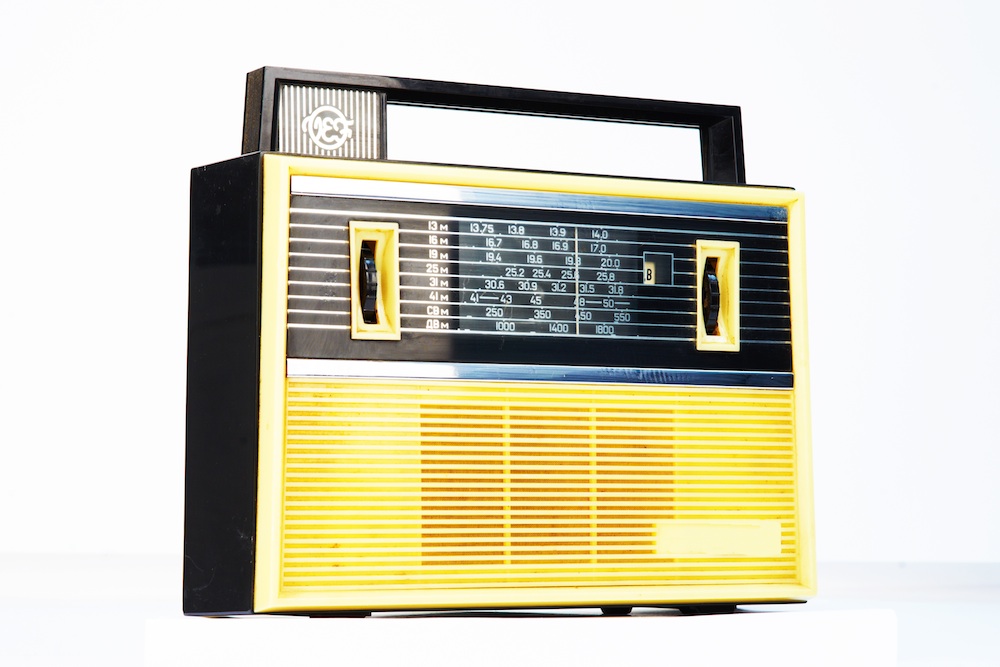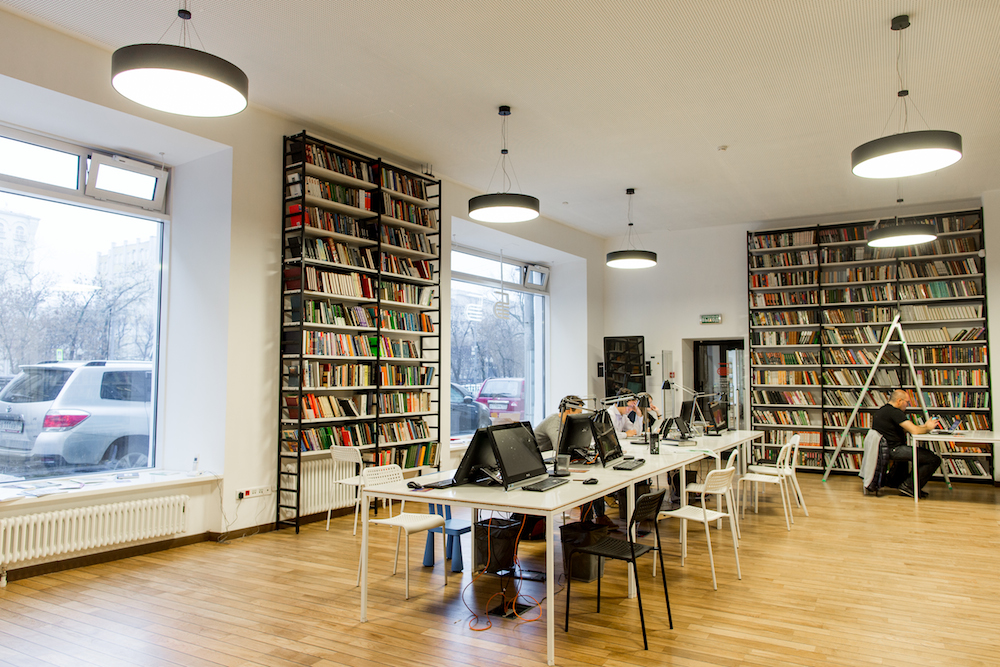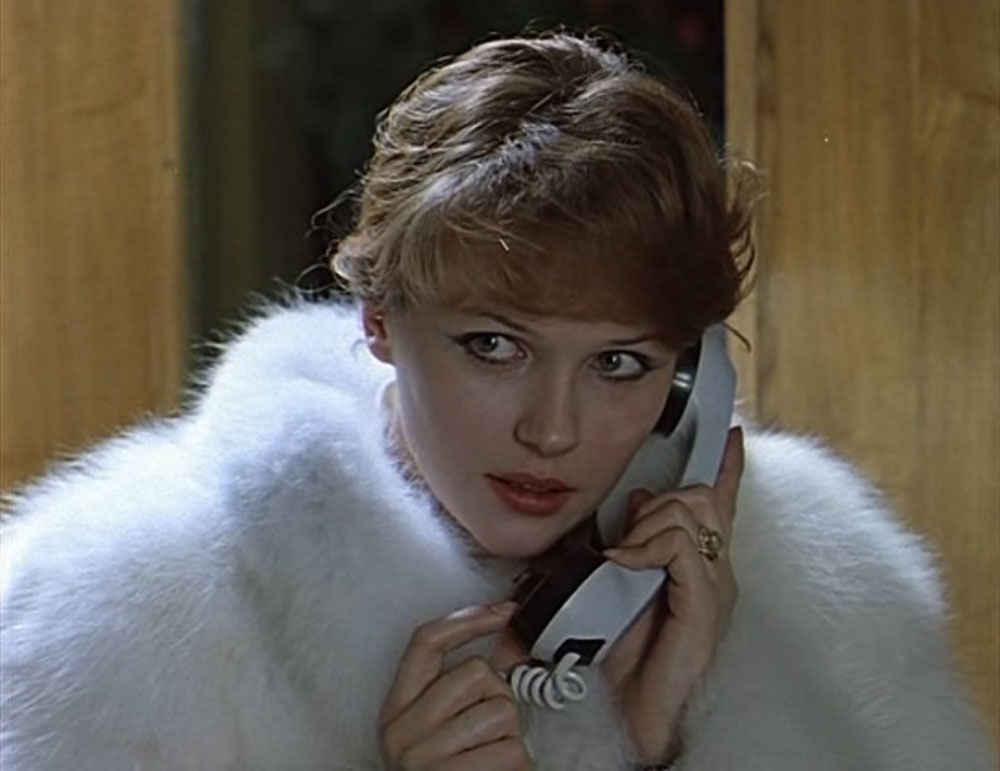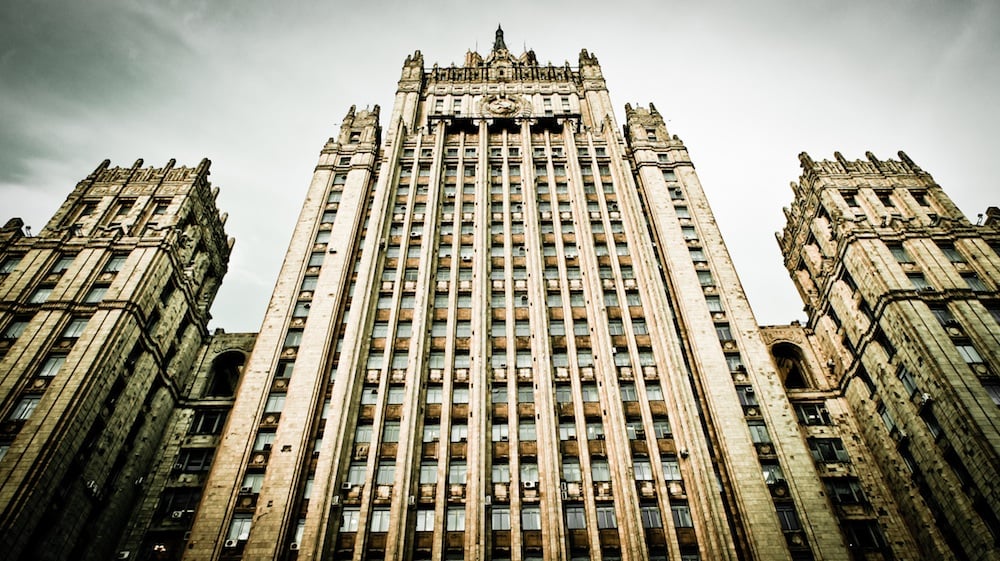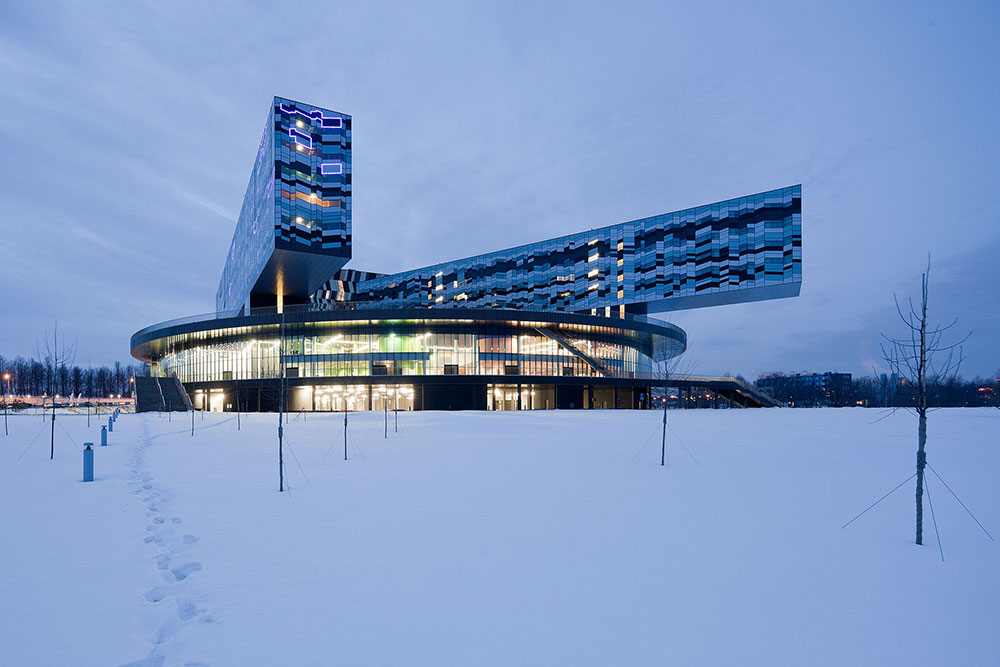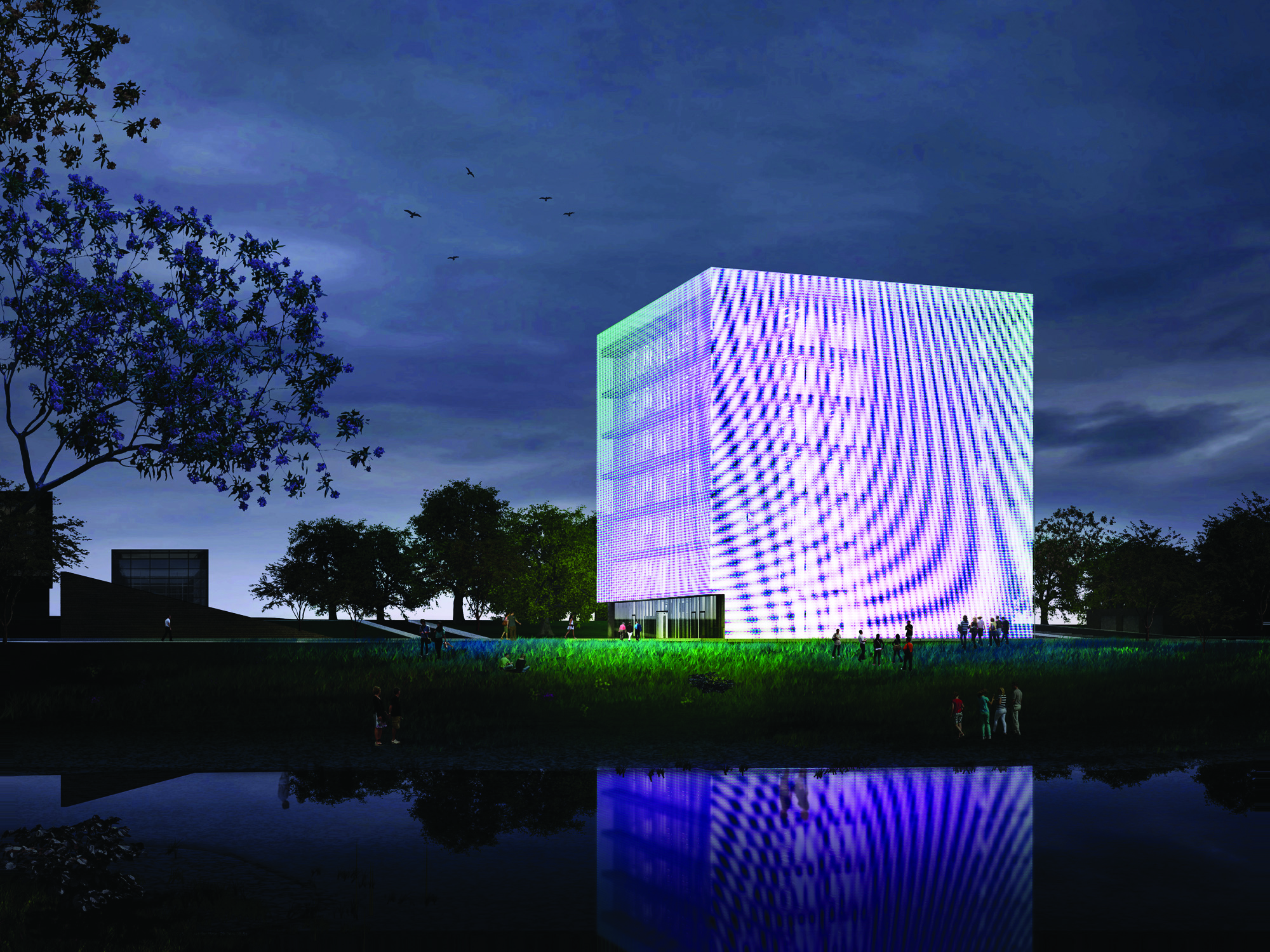On track: pictures of the Moscow metro’s planned expansion
Grand plans are underway to expand the opulent Moscow Metro with a total of 79 stations and 160km of track to be added by 2020
The Moscow Metro is unlike any other subway in the world. Its baroque-style chandeliers, high ceilings, marble walls and stained glass murals make it feel more like an underground palace than a lowly mode of transport. Other quirks abound: in a bid to encourage healthier living, this November, anyone willing to do 30 sit-ups in full view of other passengers was rewarded with a free metro ticket.
Now, grand plans are underway to expand the metro, the foundation of Joseph Stalin’s awe-inspiring architectural vision for Moscow. By the end of next year, a further 11 stations are set to open with another 10 due in 2015. By 2020, a total of 79 stations and 160km of track will be added in a bid to relieve the capital’s shocking traffic, which this year was rated the worst in the world by Dutch GPS manufacturer TomTom.
The expansion will include the extension of several lines as well as the addition of a second orbital line. The developments mean that by 2020, 93% of all Muscovites will be less than a kilometre from a metro station compared to 78% today. And that’s just the start. By the end of 2014, free Wifi, already available on the Kakhovskaya Line, will extend to the rest of the network, making an already wired city even more connected. What’s more, a new tracking system will be able to trace mobile phones stolen underground.
In numbers: the Moscow Metro. Click here to view the full infographic
Work on the metro kicked off in the Thirties with a little help from the British engineers behind the London Underground. (On Stalin’s orders, many were later arrested on charges of espionage to prevent them from spreading their knowledge of subterranean Moscow.) Since opening on 15 May 1935, the metro has gradually extended into new parts of Moscow. The latest push aligns with the expansion of Moscow, which took place in 2012 when the capital doubled in size by absorbing two towns and 19 residential areas.
In an interview with Afisha magazine, Alexander Vigdorov, chief architect at construction company Mosinzhproekt, explained his designs for 15 new metro stations. Taking his inspiration from a range of architectural styles from art deco to high-tech, Vigdorov said that his team would ensure a consistent design across the stations. “Before there were many chief architects with stations distributed among them and when you travel along those lines, the mishmash is just awful,” he said.
Vigdorov’s architectural sketches present a series of stations that will be both coherent and distinct in their design. There’s sleek-looking Technopark with its granite, marble and stainless steel walls and floors, and then there’s Ferganskaya, designed to evoke the colourful bazaars of Tashkent. Regardless of their individual design, Vigdorov aims to ensure that each station is memorable. “So that when the doors open,” he said, “a passenger can immediately say, ‘this is that station’ or ‘this is my station’ or ‘this isn’t my station’, I still have two stops to go.”
